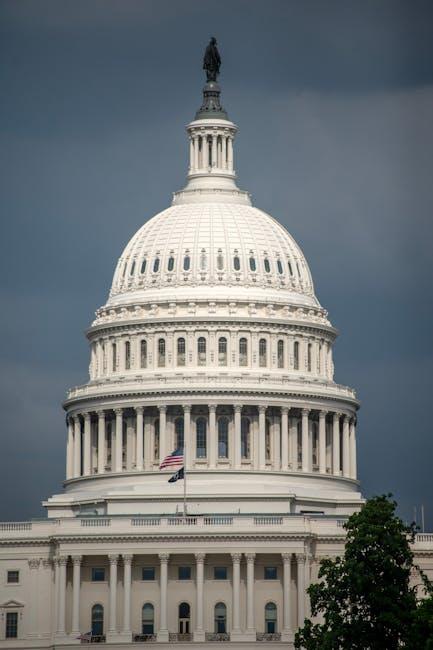
National Dental Expenditures, 2023 – American Dental Association
As dental health continues to be a top priority for millions of Americans, understanding the economics behind dental care is crucial. In 2023, the American Dental Association (ADA) has released pivotal data on National Dental Expenditures, shedding light on how much individuals, insurance providers, and government programs are investing in oral health nationwide. This comprehensive report illustrates trends, influences, and projections shaping the dental industry today.
Overview of 2023 National Dental Expenditures
The ADA’s 2023 report reveals that total dental spending in the United States has reached $162 billion, reflecting a steady increase compared to previous years. This growth is fueled by a combination of rising patient demand for routine care, advanced treatments, and expanding access to dental insurance.
Key Statistics at a Glance
| Category | 2023 Expenditure (Billion $) | % of Total Spend |
|---|---|---|
| Private Dental Insurance | 74.3 | 45.9% |
| Out-of-Pocket Payments | 62.7 | 38.7% |
| Medicaid & CHIP | 18.1 | 11.2% |
| Other Government Programs | 6.9 | 4.3% |
Factors Driving Dental Costs in 2023
Several factors have influenced the upward trend in dental expenditures in 2023. Here are the most significant contributors:
- Advancements in Dental Technology: Cutting-edge procedures and equipment like digital imaging and laser treatments have boosted costs while improving care quality.
- Increased Utilization: More Americans are seeking preventive care and cosmetic dental procedures, leading to greater overall spending.
- Dental Insurance Coverage Expansion: More people have gained access to private and public dental insurance plans, spurring higher dental service use.
- Inflation and Operational Costs: Rising prices for dental materials, office overhead, and labor have pushed prices upward.
Breakdown of Dental Expenditures by Service Type
The ADA’s detailed analysis categorizes expenditures by dental service type, providing insights into where the money is going:
| Service Type | Spending (Billion $) | % of Total |
|---|---|---|
| Preventive Services | 46.2 | 28.5% |
| Restorative Services | 58.1 | 35.9% |
| Orthodontics | 20.3 | 12.5% |
| Oral Surgery | 15.6 | 9.6% |
| Other Services | 21.8 | 13.5% |
The Role of Insurance in Managing Dental Costs
Insurance remains a primary method for many Americans to manage dental expenses effectively. The ADA reports that private dental insurance covers nearly 46% of total dental spending in 2023. Medicaid and CHIP programs also play a vital role, particularly for children and lower-income populations.
Tips for Maximizing Dental Insurance Benefits
- Understand Your Policy Coverage: Know what procedures and services are covered to avoid surprise costs.
- Schedule Preventive Care Early: Routine checkups and cleanings are often fully covered and help prevent costly treatments.
- Use In-Network Providers: Save money by choosing dentists within your insurance network.
Practical Tips to Manage Dental Expenses in 2023
Managing dental expenses starts with proactive planning. Here are some practical recommendations to help you keep your oral health care affordable:
- Maintain Consistent Oral Hygiene: Good daily habits minimize the need for extensive dental work.
- Compare Dental Financing Options: Look into dental savings plans or payment plans to ease immediate cost burdens.
- Take Advantage of Community Clinics: Many communities offer free or low-cost dental care options.
Case Study: Impact of Medicaid Expansion on Dental Spending
In states that expanded Medicaid dental benefits in 2023, an increase in dental visits and preventive care utilization has been documented. This reflects how policy changes directly influence dental health expenditures and access to care.
For instance, one midwestern state reported a 15% rise in adult dental service claims post-expansion, translating to improved oral health outcomes and lower long-term treatment costs.
Future Outlook: Projected Trends in Dental Expenditures
The ADA anticipates that dental spending will continue to increase annually by 3-5% through 2028, driven by:
- Growing awareness of the link between oral health and overall health
- Expanding insurance coverage and access
- Innovations in dental technology and treatment methods
Conclusion
The American Dental Association’s 2023 national dental expenditure data offers crucial insights for patients, providers, and policymakers alike. With $162 billion spent on dental care, understanding cost drivers and how to manage expenses effectively is key to maintaining optimal oral health. By leveraging insurance benefits, embracing preventive care, and exploring cost-saving options, individuals can navigate the rising dental care costs of 2023 with confidence.
Stay informed, prioritize your dental health, and consult reliable resources such as the ADA for the latest updates and helpful tips in managing oral care expenses.


